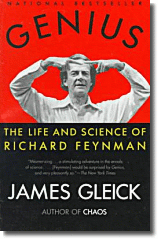 Ann Cleeves was twice shortlisted for the CWA Gold Dagger Award before winning the first Duncan Lawrie Dagger Award last year for Raven Black.
Ann Cleeves was twice shortlisted for the CWA Gold Dagger Award before winning the first Duncan Lawrie Dagger Award last year for Raven Black.The second Shetland book, White Nights, will be released this week in the UK and in September in the US.
Last week I asked Cleeves what she was reading. Her reply:
Well, I love European crime in translation. I've been asked to interview the Norwegian writer Karin Fossum at Crime Fest in Bristol in June, so I've been re-reading her backlist and catching up on her most recent titles. Her new book Broken isn'tVisit Cleeves's website and her online diary.really crime fiction, but it is very creepy. It's about the process of imagination, I think. About how writers write.
Recently I was sent review copies of a new Swedish crime writer Mari Jungstedt. Perhaps because her books are set on an island (Gotland) and at different seasons of the year, her editor thought I might feel at home with the work! There was a lot in the books to enjoy, but I did get increasingly annoyed by a very clunky translation.
After all that northern gloom it was a great treat to move onto another favourite:Andrea Camilleri. These novels take me immediately to a warmer place, where food and wine play a central role in the action, where the sun shines. I love the central character, Salvo Montalbano, the Sicilian setting and the humour. OK, so the plots might not hold together brilliantly but that doesn't matter to me. Best of all, the translation by poet Stephen Sartarelli is superb, a work of art in its own right.
The Page 99 Test: Raven Black.
--Marshal Zeringue











































